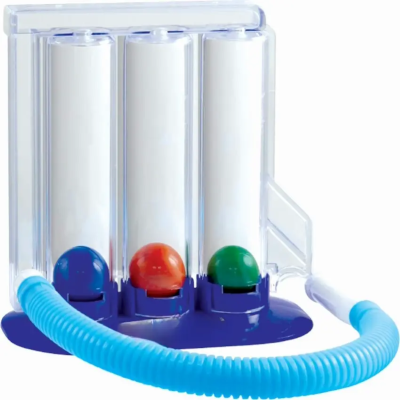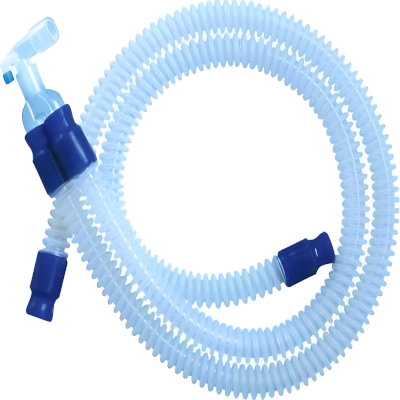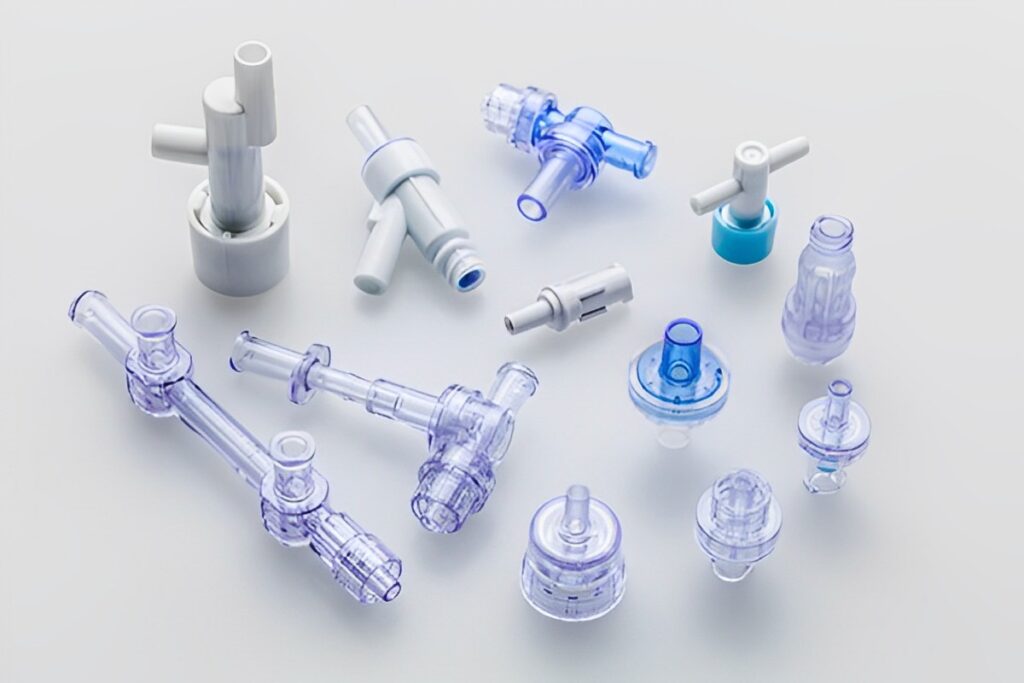- info@shauryameditech.com
- Ballabgarh,Faridabad(HR.)-121004
Respiratory Instruments
- Home
- Respiratory Instruments

Disposable Oxygen Mask
A disposable oxygen mask is a crucial medical device designed to deliver supplemental oxygen to patients with respiratory issues, such as chronic obstructive pulmonary disease (COPD), pneumonia, or those in need of emergency oxygen therapy. These masks are typically made from soft, hypoallergenic materials to ensure patient comfort during oxygen administration.The disposable oxygen mask comprises a transparent plastic face mask that covers the nose and mouth, connected to an oxygen tubing. The tubing, in turn, is attached to an oxygen source, like an oxygen concentrator or cylinder. The mask is adjustable to fit different face shapes and sizes and features an elastic strap for secure placement.
Disposable Nebulizer Mask
A disposable nebulizer mask is a medical device designed to deliver inhaled medications to patients with respiratory conditions, such as asthma, COPD (Chronic Obstructive Pulmonary Disease), or respiratory infections. These masks are constructed from hypoallergenic materials to ensure patient comfort and safety during inhalation therapy.The nebulizer mask consists of a clear plastic mask that covers the nose and mouth, connected to a tubing system. The tubing is linked to a nebulizer chamber, where liquid medications are converted into a fine mist or aerosol for inhalation. The mask creates an airtight seal, ensuring the patient receives an accurate and consistent dose of medication with each breath.


Lung Exerciser
A lung exerciser, also known as a spirometer, is a device designed to improve lung function and respiratory health. It consists of a plastic chamber with a mouthpiece and a series of floating balls or a piston. When you inhale deeply through the mouthpiece, the balls or piston rise, indicating the volume of air you’ve inhaled and encouraging deep breaths. Regular use of a lung exerciser offers several benefits. It strengthens respiratory muscles, increases lung capacity, and helps clear mucus and debris from the airways. This device is particularly beneficial for individuals recovering from surgery or lung conditions like asthma, chronic obstructive pulmonary disease (COPD), or COVID-19. It can also aid athletes in enhancing their breathing efficiency.
VENTILLATOR CIRCUIT
A ventilator circuit is a critical component of mechanical ventilation systems used in healthcare settings. It consists of various elements that work together to support patients with breathing difficulties. The core components include a ventilator machine, tubing, and a patient interface such as a breathing tube or mask. The ventilator machine regulates the flow of air and oxygen into the patient’s lungs, assisting with inhalation and exhalation. The tubing transports the gas mixture from the machine to the patient interface. Depending on the patient’s condition, different types of patient interfaces may be used, such as endotracheal tubes or face masks. Additionally, the circuit often includes sensors and alarms to monitor the patient’s respiratory parameters and ensure their safety. Proper setup and maintenance of the ventilator circuit are essential to provide effective and precise respiratory support to patients in need.


Valves Of Our Company
1.Dual Valve:Dual valves in medical applications refer to a specialized type of valve system that incorporates two separate valves within the same device. These dual valves are designed to perform specific functions, often involving the regulation or control of fluid or gas flow in medical equipment.
2.Triple Valve:Triple valves in medical applications refer to specialized valve systems that incorporate three separate valves within the same device. These triple valves are designed to perform specific functions, often involving the regulation or control of fluid or gas flow in medical equipment.
3.four Valve:In medical applications, four-valve systems refer to specialized valve configurations that incorporate four separate valves within a single device or system. These four valves serve distinct purposes and are employed in various medical devices to control fluid or gas flow, ensuring precise and reliable performance.
